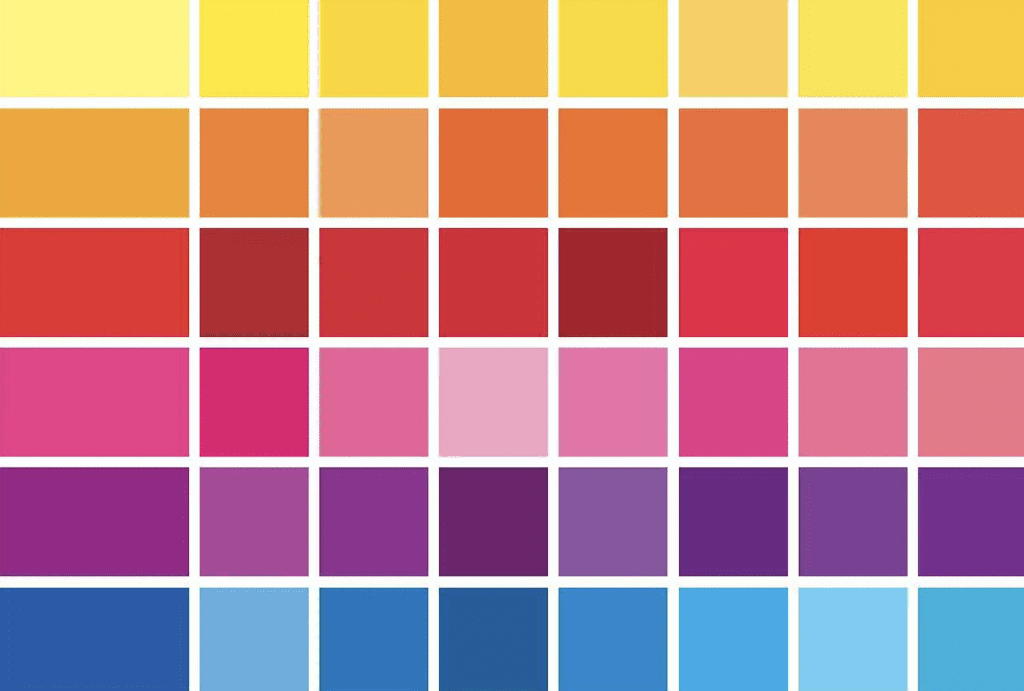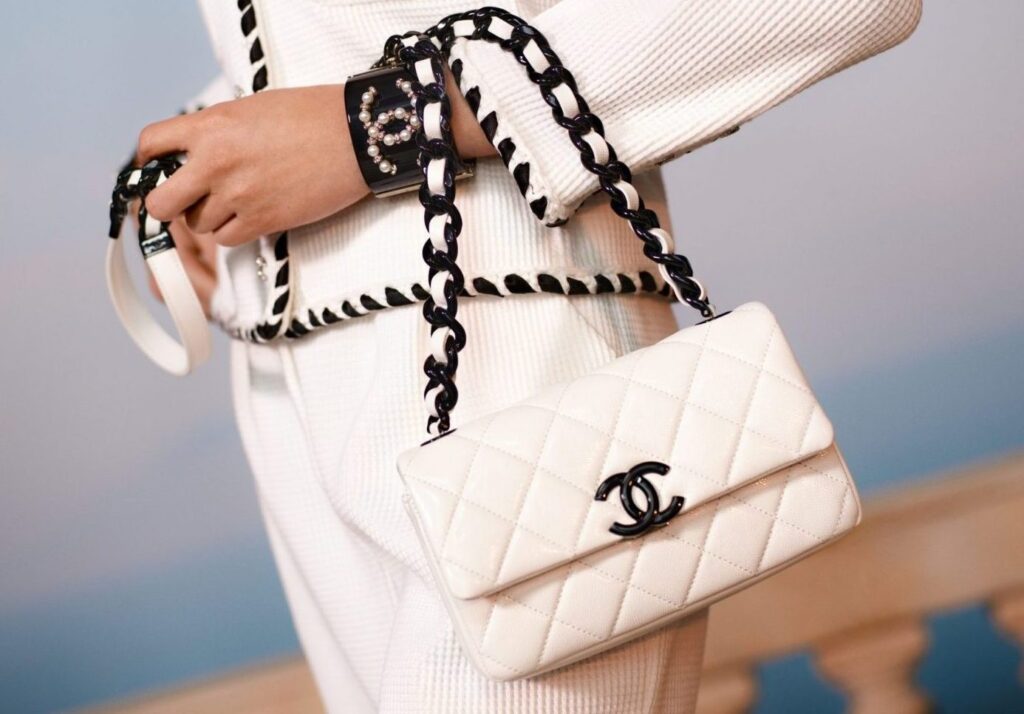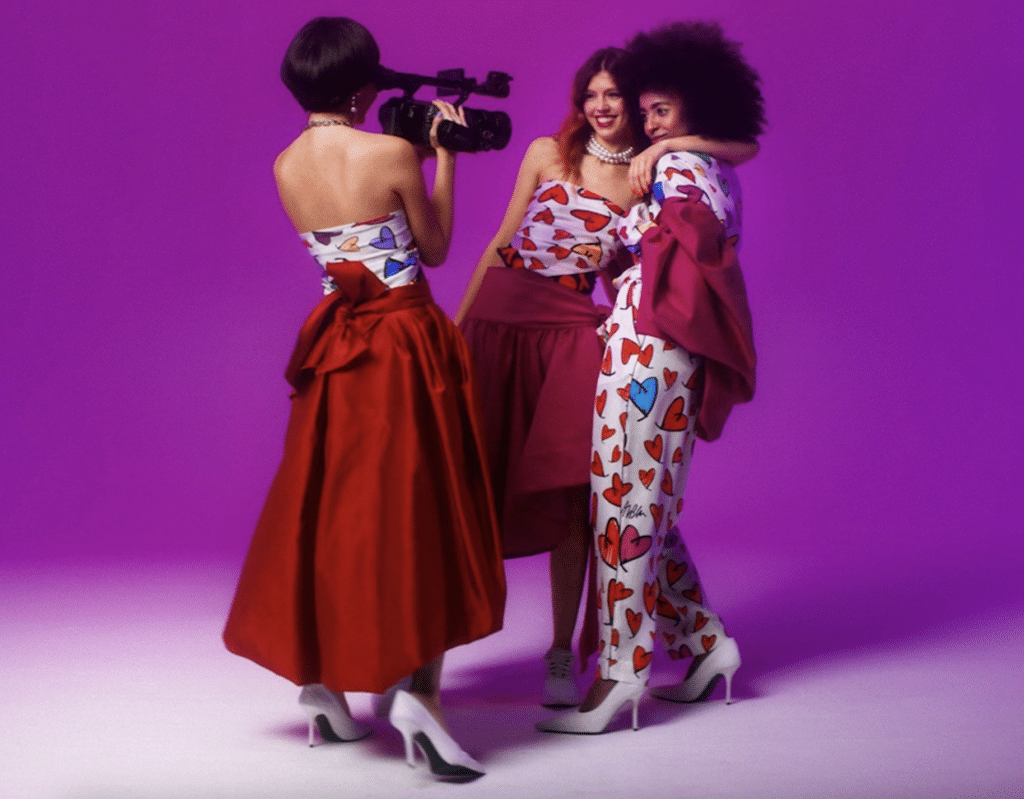A recent win for a German electromagnetic component manufacturer provides the latest insight into color trademarks in the European Union, as companies across the board look to distinguish themselves and their offerings by way of signature hues. On the heels of the European Union Intellectual Property Office (“EUIPO”) refusing to register an application lodged by Magnetec GmbH for a light blue hue for use on things like metal alloys, inductive components, and insulating sheaths, and a subsequent loss for Magnetec before the EUIPO’s Fourth Board of Appeal, the European Union General Court handed the Langenselbold, Germany-based company a win in the latest round of a clash over a color trademark.
Magnetec first filed an application with the EUIPO for “Light blue: RAL 5012” for use in Class 6 (“alloys; non-ferrous metal alloys,” etc.), Class 9 (“magnetic cores; inductive components for the derivation of wave currents; inductive components for motor protection,” etc.), and Class 17 (“insulating sheaths for the electrical covering of cables,” etc.) in February 2019, which an EUIPO examiner refused on the basis that the color trademark lacks the necessary “distinctive character” to act – and be registered – as a trademark. (Article 7(1)(b) of EU Regulation 2017/1001 bars the registration of trademarks that are “devoid of any distinctive character.”)
In its appeal, Magnetec unsuccessfully sought to have the examiner’s decision overturned. Siding with the EUIPO, which determined that the single-color trademark is “not distinctive and will not be perceived by the public as an indication of the commercial origin of the goods to which it relates,” the Board referred the case back to the examiner to “assess the existence of the distinctive character acquired through use of the mark.”

Fast forward to October 5 and the EU General Court annulled the decision of the EUIPO’s Board of Appeal. Setting the stage in its opinion, the General Court stated that “the distinctive character of a mark within the meaning of [Article 7(1)(b)] means that the mark makes it possible to identify the product for which registration is sought as coming from a specific undertaking, and therefore, to distinguish this product from those of other undertakings.”
More specifically, the court asserted that in order to constitute a trademark that can be registered by the EUIPO, “Colors or combinations of colors must fulfill three conditions: (1) They must constitute a sign; (2) the sign must be capable of graphic representation; and (3) the sign must be capable of distinguishing the goods or services of one undertaking from those of other undertakings.”
At the heart of the third prong is distinctiveness, and the judge noted that when it comes to distinctiveness, “Colors and their abstract combinations can only be recognized as inherently distinctive in exceptional circumstances, since they merge with the appearance of the designated goods and are not, in principle, used as means of commercial origin.” As a result, the vast majority of color marks will depend on acquired distinctiveness – or in other words, a showing that consumers directly associate the mark with the applicant as the source of its goods/services due its extensive use and promotion of the mark.
Here, Magnetec took the position that the light blue hue is “sufficiently distinctive both for the goods for which it was initially applied for and for the goods as specified following the request for limitation submitted to the Board of Appeal.” Meanwhile, the EUIPO has argued that the color-centric trademark lacks distinctiveness and thus, does not function as an indicator of source.
Given that “the distinctive character of a mark must … be assessed in relation to the perception that the relevant public has of it,” as well as in relation to the goods or services for which registration is sought, the court focused its attention on the parties’ characterizations of the “relevant public.” Magnetec, for one, alleged that the purchasers of the goods in question are “professionals with a high degree of attention and technical knowledge in the field of electrical engineering,” while the EUIPO asserted that the goods at issue “are not aimed solely at a particular professional public with a heightened level of attention and technical knowledge in the electronic field.” As for how the Board of Appeal viewed the “relevant public,” it fell short in providing an appropriate definition, according to the General Court.
In its decision this month, the General Court found that the Board “did not define the relevant public” targeted for all of the goods in Classes 6 and 9 for the purpose of gauging distinctiveness – or defined it in an ambiguous manner, which ultimately serves to impair its “entire reasoning as regards the assessment of that distinctive character.” Accordingly, the Board’s decision “must be annulled in its entirety,” the General Court held.
THE BIG PICTURE: While this round is, in fact, a win for Magnetec, the implications are not likely to be sweeping in terms of the protectability of single-color trademarks. Eleonora Rosati, the Director of the Institute for Intellectual Property and Market Lab at Stockholm University, tells TFL that “since the court reiterates that [color marks] can only be registered on an exceptional basis,” the bar for registration here remains high. At the same time, the court indicates (and the key takeaway here is) that “distinctiveness needs to be evaluated not in abstract terms, but rather having regard to the average consumers – and in this case, the EUIPO failed to identify them properly,” Rosati says.
As far as fashion brands are concerned, the position in the EU seems to favor “not distinguishing between different categories of consumers,” per Rosati, who notes that “only a few weeks ago the EUIPO rejected Dior’s argument” – in favor of registration of its Saddle bag design – “that luxury consumers would be more attentive than consumers of other fashion goods.”
(Dior argued that given the “luxurious and expensive” nature of its offerings, the “relevant” consumer is part of “an audience of insiders and/or well-to-do and not at an average consumer.” As such, “it is undeniable” that consumers “will show high or at least above-average attention.” Siding with the EUIPO, the Second Board of Appeal took issue with the way the French fashion house defined relevant consumers, noting that while some of its goods “may be particularly expensive,” there is a “wide range of prices of the products in question,” which widens the pool of potential consumers beyond “the subset of articles of an exclusive nature put forward by [Dior].”)
If this continues to be the approach, one which Rosati says that she is “not sure is entirely correct,” then from a color trademark perspective, the “only way” for brands to obtain registrations for such marks is by relying on acquired distinctiveness and “the (high) evidentiary threshold” that comes with it, which may not prove to be attainable for the vast majority of brands.














